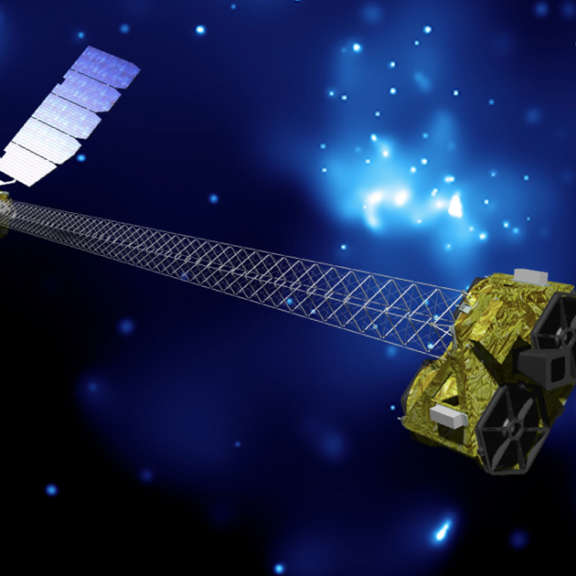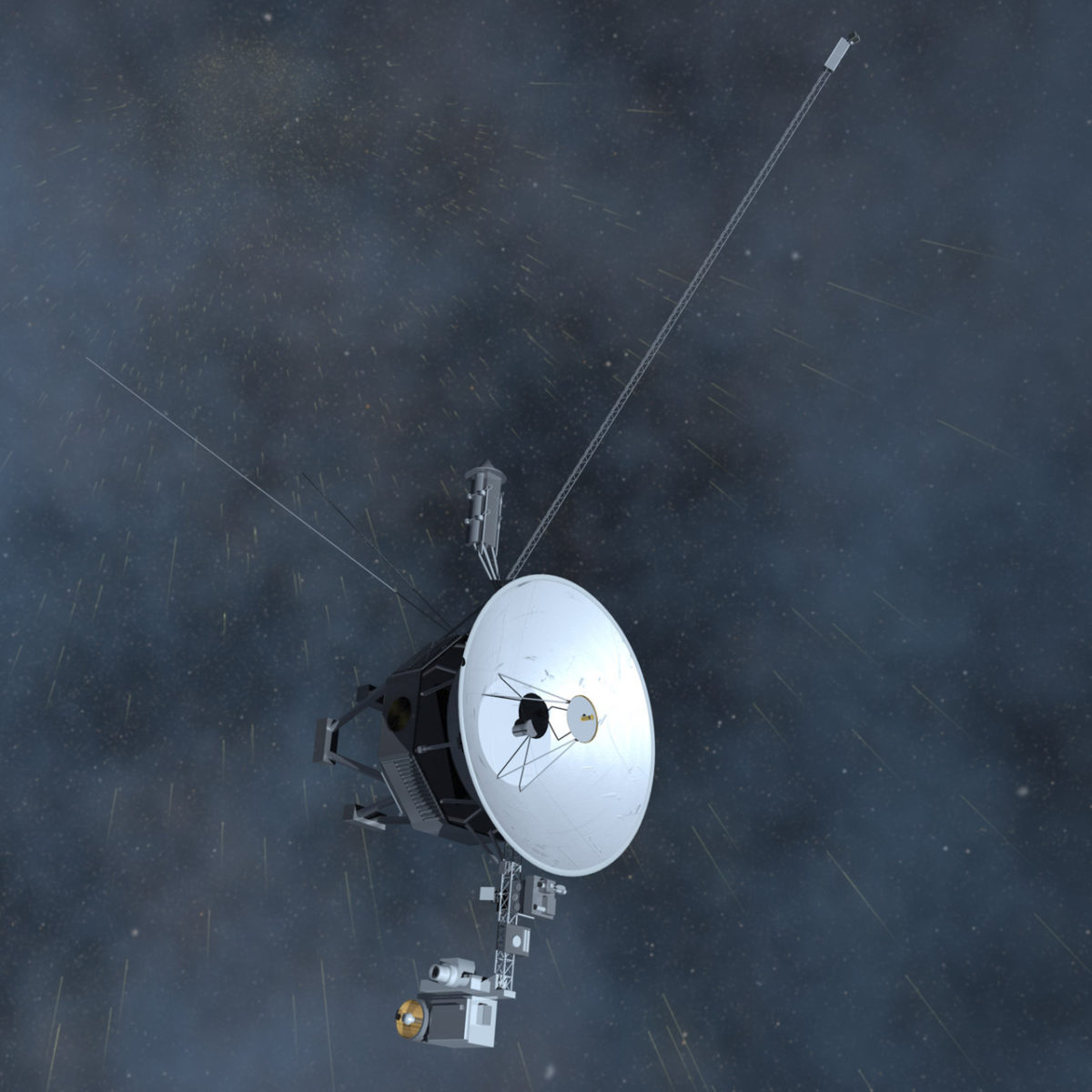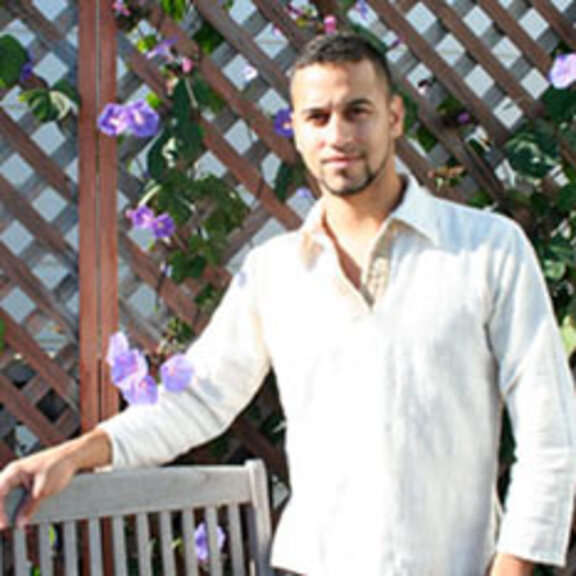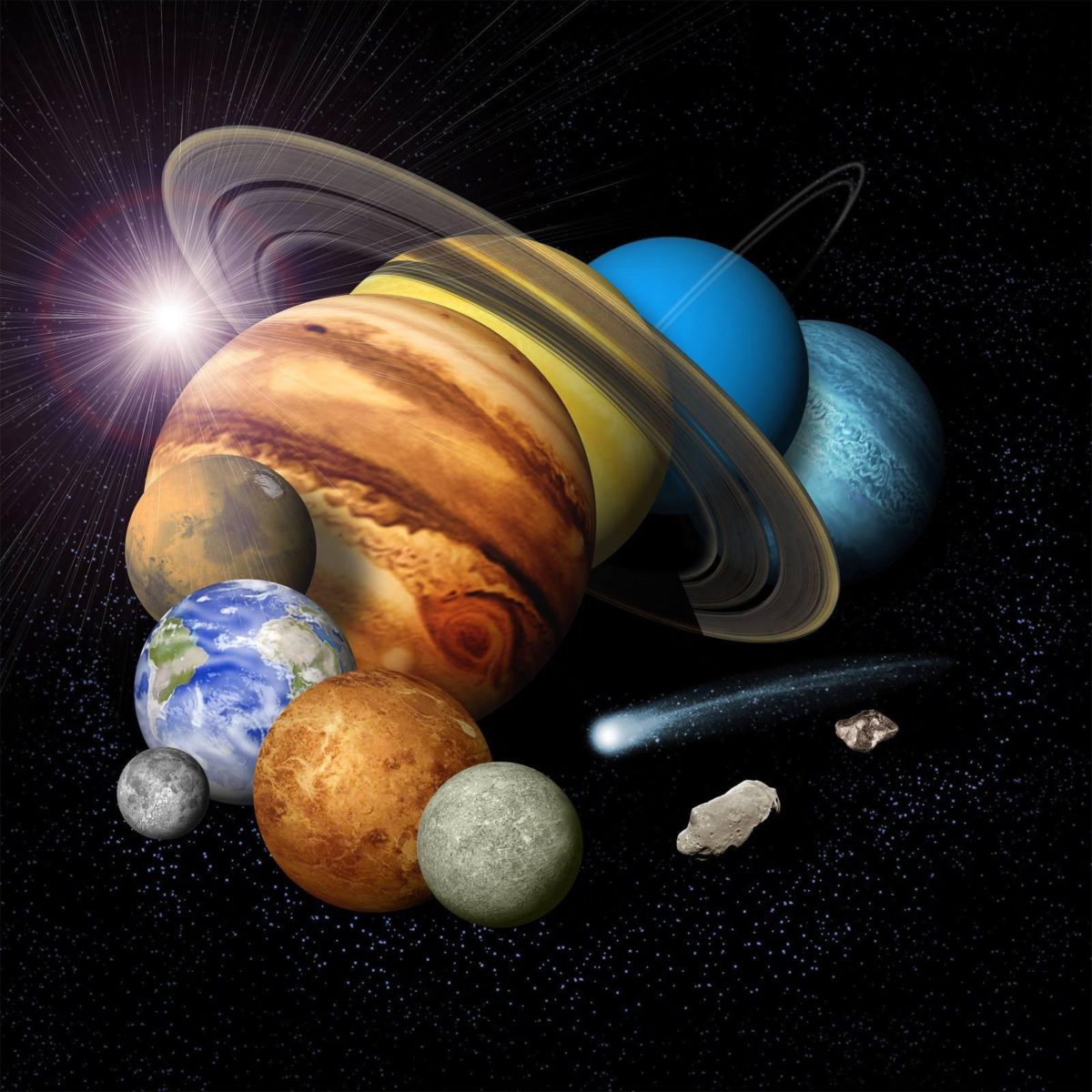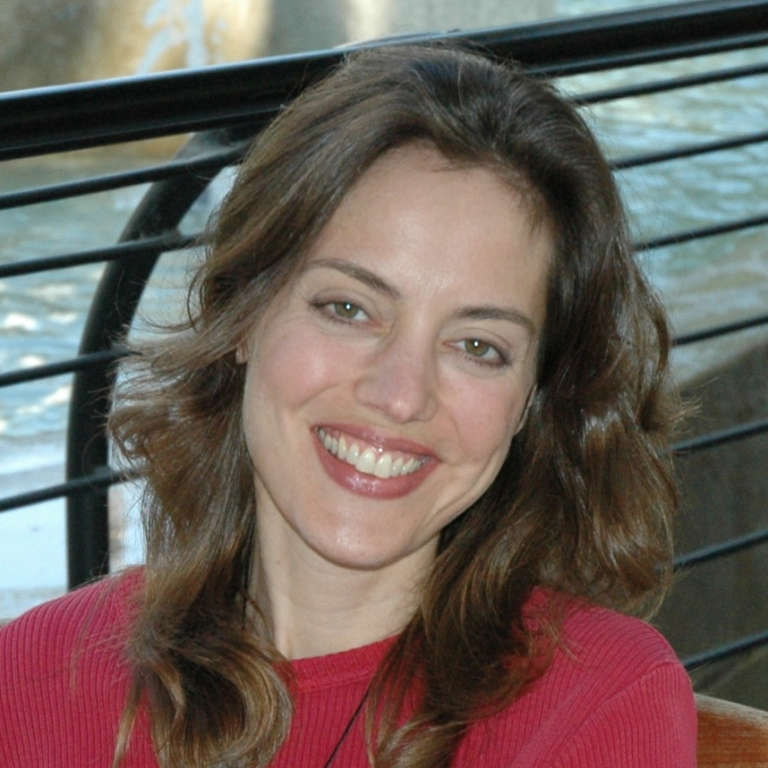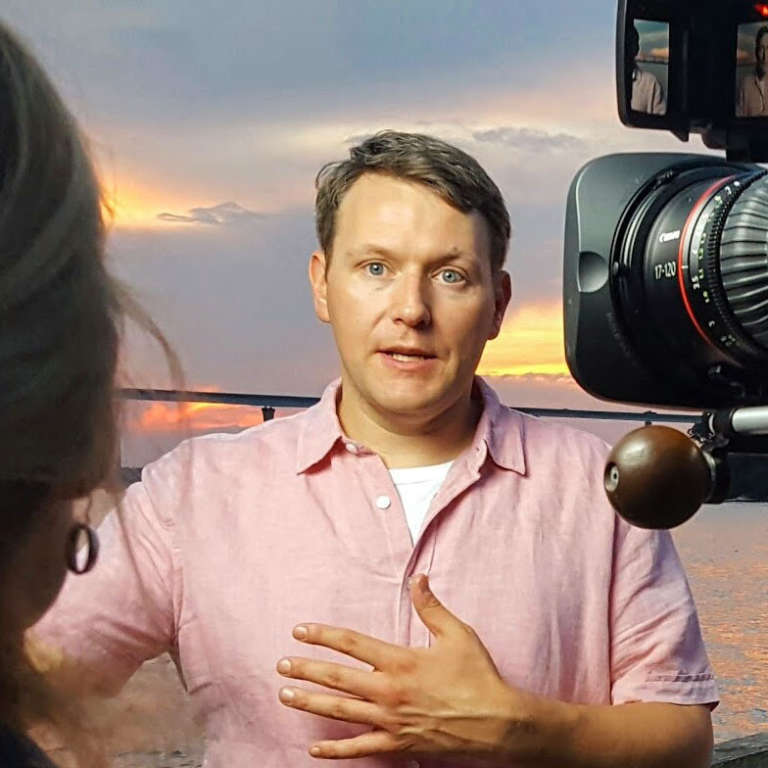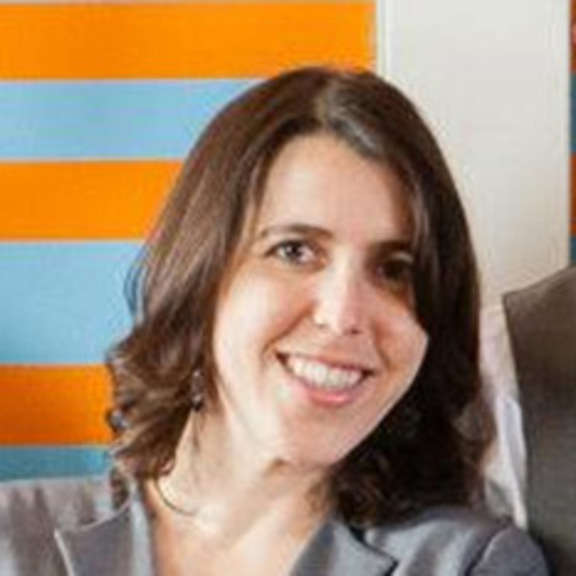Since 2002, Planetary Radio has visited with a scientist, engineer, project manager, advocate, or writer who provides a unique perspective on the quest for knowledge about our Solar System and beyond. The full show archive is available for free.
Search Planetary Radio
Join Mat Kaplan and other Aurora “virgins” as they seek the Northern Lights in Fairbanks, Alaska, and meet retired rocketeer and Director of the Poker Flat Research Range, Neal Brown
Principal Investigator Fiona Harrison provides an X-ray tour of some of the universe's most fascinating objects, Casey Dreier has analysis of NASA's 2015 budget plans, and Bill Nye sees the inherent optimism of science in the verification of another 715 exoplanets.
NASA unveiled its 2015 budget plans in a March 4 media briefing. Minutes later, Planetary Radio host Mat Kaplan got an enlightening and engaging analysis from Planetary Society Director of Advocacy Casey Dreier. You’ll hear about the winners, the losers, and the uncertain futures of many NASA initiatives and missions.
SETI Institute researcher and member of the Kepler team Jason Rowe helps us dig into the latest big announcement about hundreds of planets in solar systems like our own.
JPL’s Blaine Baggett and former JPL director Ed Stone talk “The Stuff of Dreams,” a documentary about an era in planetary exploration that was both exhilarating and exasperating. Emily Lakdawalla explains why Curiosity has joined the fraternity of backward driving rovers on Mars, and Bill Nye considers the not-too-distant future when airliners and spaceliners will share the sky.
NASA scientist Harley Thronson tells us about a new initiative that is figuring out how we will get men and women to the red planet at a reasonable price. You can read their initial report. Emily Lakdawalla reports on Curiosity’s passage over dunes that made engineers nervous. Bill Nye reveals NASA’s plans for a lunar rover that may launch in 2018. Mat Kaplan joins Bruce Betts in a TV studio to record this week’s What’s Up segment. You can watch!
Good news, for a change! Congress decided to provide $127 million more for planetary science than was requested by the President. Bill Adkins of Adkins Strategies in Washington and the Society’s Director of Advocacy, Casey Dreier say a battle has been won, but the war for science continues. Emily Lakdawalla helps us understand how an eye in the Martian sky helps track Curiosity on the surface. Bill Nye addresses the mastodon in the room, and there’s a new and cool prize for the winner of the What’s Up space trivia contest.
Our celebration of the Mars rovers continues from Southern California Public Radio’s Crawford Family Forum, this week featuring planetary scientist and author Jim Bell, Curiosity Project Scientist John Grotzinger, JPL Mars Engineering Manager Rob Manning and Planetary Society CEO Bill Nye. Emily takes us to Curiosity’s latest find on the red planet, and Bruce Betts joins Mat to gaze at the night sky and give away ISS-Above, the little device that tells you when the International Space Station is overhead.
Opportunity has been rolling across Mars for 10 years! We celebrate the Mars Exploration Rovers and their sisters on the red planet at Planetary Radio Live, this week featuring MER Principal Investigator Steve Squyres. Emily Lakdawalla and Bill Nye join Mat in front of a capacity crowd at Southern California Public Radio’s Crawford Family Forum. Bruce Betts closes the show with a live Random Space Fact and rover trivia contest.
Principal Investigator and physicist Bruce Macintosh joins astronomer Franck Marchis to celebrate first light from the most powerful instrument for imaging exoplanets.
24 spacecraft are either busy exploring the solar system or speeding toward an exciting destination. The Planetary Society's Senior Editor takes us on a whirlwind advance tour.
Take a spacecraft that can no longer survey the realm of galaxies and repurpose it to discover thousands of much nearer asteroids and comets. Put it to sleep for 2.5 years, then wake it up and start discovering even more! JPL’s Amy Mainzer is Principal Investigator for NEOWISE, the mission using this amazing space telescope.
What a long, wonderful trip it has been for Spirit and Opportunity, the Mars Exploration Rovers. Planetary Society reporter A.J.S. Rayl has been writing about their adventure every month for ten years. She looks back on this week’s show.
The annual fall meeting of the American Geophysical Union revealed lots of science, some of it astounding. Emily Lakdawalla was there with Advocacy and Outreach Coordinator Casey Dreier, whose news was not quite as good.
Maybe it wasn’t “the comet of the century,” but ISON has left a scientific legacy that is beyond compare. That’s according to Karl Battams of NASA’s Comet ISON Observing Campaign on this week’s show.
The life of explorer and teacher Dr. Bruce Murray was celebrated last November 10th at Caltech. This week we present a few excerpts from the tributes paid to the former JPL Director and co-founder of the Planetary Society.
Alyssa Rhoden studies Jupiter’s moon Europa…from a distance. She, many other scientists and millions of space exploration fans around the globe want to see a mission to this ice world that hides a vast, warm ocean. That’s why she and several colleagues have created Destination: Europa, and they want your help.
The successful launch of MAVEN was covered by Mat Kaplan, Bruce Betts and Emily Lakdawalla, with special, launch site reports from Jim Bell and Bill Nye.
What would YOU do with an extra $10 Billion for space exploration and development? That’s what Mat Kaplan asked the passionate space enthusiasts at the 2013 SpaceUp LA Unconference.
A burst of laser light could let humanity know it is not alone in the universe. Harvard’s Paul Horowitz and Curtis Mead will give us an update on the technological wonder of Optical SETI that watches the entire sky for billionth of a second pulses from the stars.


 Explore Worlds
Explore Worlds Find Life
Find Life Defend Earth
Defend Earth



